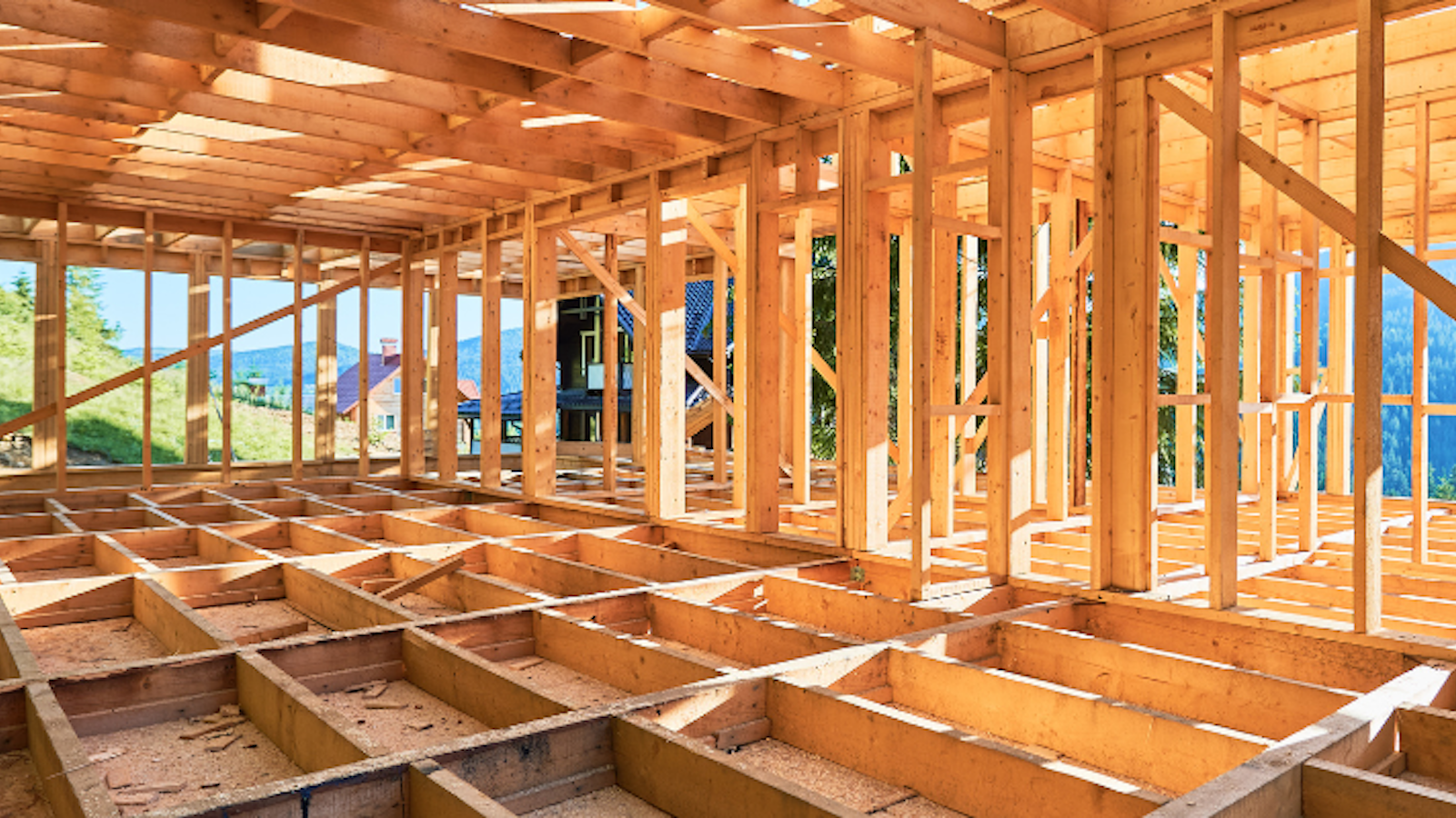KEY TAKEAWAYS:
--In addition to reducing the building sector’s carbon footprint, mass timber brings significant cost and quality-control benefits, as well as reduced construction time.
--But there are hazards and challenges, including fire, natural catastrophes, water damage, manufacturing, supply chain and faulty workmanship issues, as well as termite infestation.
----------
The emergence of mass timber as a sustainable construction alternative represents a significant opportunity for the building sector to reduce its carbon footprint while satisfying a demand for a material that is more cost-efficient but as durable as steel and concrete. However, in any industry, deployment of new materials or processes can result in new risk scenarios, potential defects or unexpected safety consequences, as well as bringing benefits, and mass timber is no different.
A new Allianz Commercial report, Mass Timber: Emerging Risk Trend Talk, examines the challenges and loss-prevention measures to consider that could help to mitigate the risks of mass timber as an increasingly popular construction material.
1. Fire
Mass timber is still wood, and fire is the primary hazard, with this risk needing to be considered through all the life stages of a building – design, construction and operation. Fire is already the most expensive cause of all construction/engineering insurance losses, accounting for more than a quarter (27%) of the value of 22,000 claims analyzed over a five-year period, according to Allianz. The risk of collapse during the cooling phase of a fire may be particularly critical for timber elements, while buildings with combustible elements are at the highest risk of fire during construction. Once a building is in operation, the risk of fire can increase depending on factors such as the type of occupancy, storage and interior fittings. Research and testing are being conducted to further develop a methodology for evaluating the performance of structural elements during the entire duration of a fire. This includes comprehensive studies of the heating and cooling phases, as both phases are crucial for evaluating the behavior of timber elements and ensuring optimal fire safety.
2. Natural hazards
Damage from natural catastrophes is already the second-most expensive cause of construction claims, Allianz analysis shows. Extreme wind forces, especially during tornadoes or hurricanes, can affect beams, columns and panels, posing a risk of widespread damage, while floods, including river floods, flash floods and storm surges, pose a significant risk to timber buildings. Timber buildings exposed to floods may require structural controls, drying and repairs, affecting expected operating losses.
See also: Building an Effective Risk Culture
3. Water damage
Similarly, water damage is already a major source of loss across the construction sector. Mass timber is highly vulnerable to water damage, including flood, water ingress and plumbing leaks. To mitigate water damage, mass timber elements can be manufactured with reduced moisture content and stored in controlled atmospheres. Water management and high-quality analysis are crucial for ensuring the durability of structures.
4. Manufacturing, transportation and supply chain issues
Mass timber construction has a unique supply chain and manufacturing process that differs from traditional concrete and steel framing. Factors such as the need to have specialized production facilities, as well as just-in-time delivery, means thorough logistical planning and management of building materials are essential to avoid costly project delays.
One significant disadvantage of the assembly line manufacturing process is the potential for a serial loss scenario. If a particular batch of mass timber elements has a defect, multiple elements in a structure or across project sites may be affected. Defective products are already the third-costliest cause of construction /engineering insurance claims, according to Allianz.
See also: Emerging Risks for Shipping Industry
5. Faulty workmanship issues and repair costs
Construction firms may face challenges in finding experienced work crews for mass timber construction projects, given its nascent status. This can result in productivity issues and safety concerns as crews navigate the learning curve of working with mass timber. Inadequate installation can result in damage, which can have significant financial implications for repairs or replacements, while in some cases the cost of repairing or rebuilding mass timber structures could be significantly higher than those made with conventional construction materials.
6. Termite and insect infestation
While not common in all areas of the world, termites and other wood-boring insects may pose a significant threat to mass timber buildings, potentially causing extensive structural damage. Given that termite infestation usually occurs gradually, the exposure of notable damage during the construction phase is low compared with the operational phase. However, as termites are most likely to attack decaying timber in buildings, it is important to ensure timber does not have long periods of contact with water by implementing sufficient protective measures.
To view the full report, please visit: Mass Timber: Emerging Risk Trend Talk.







